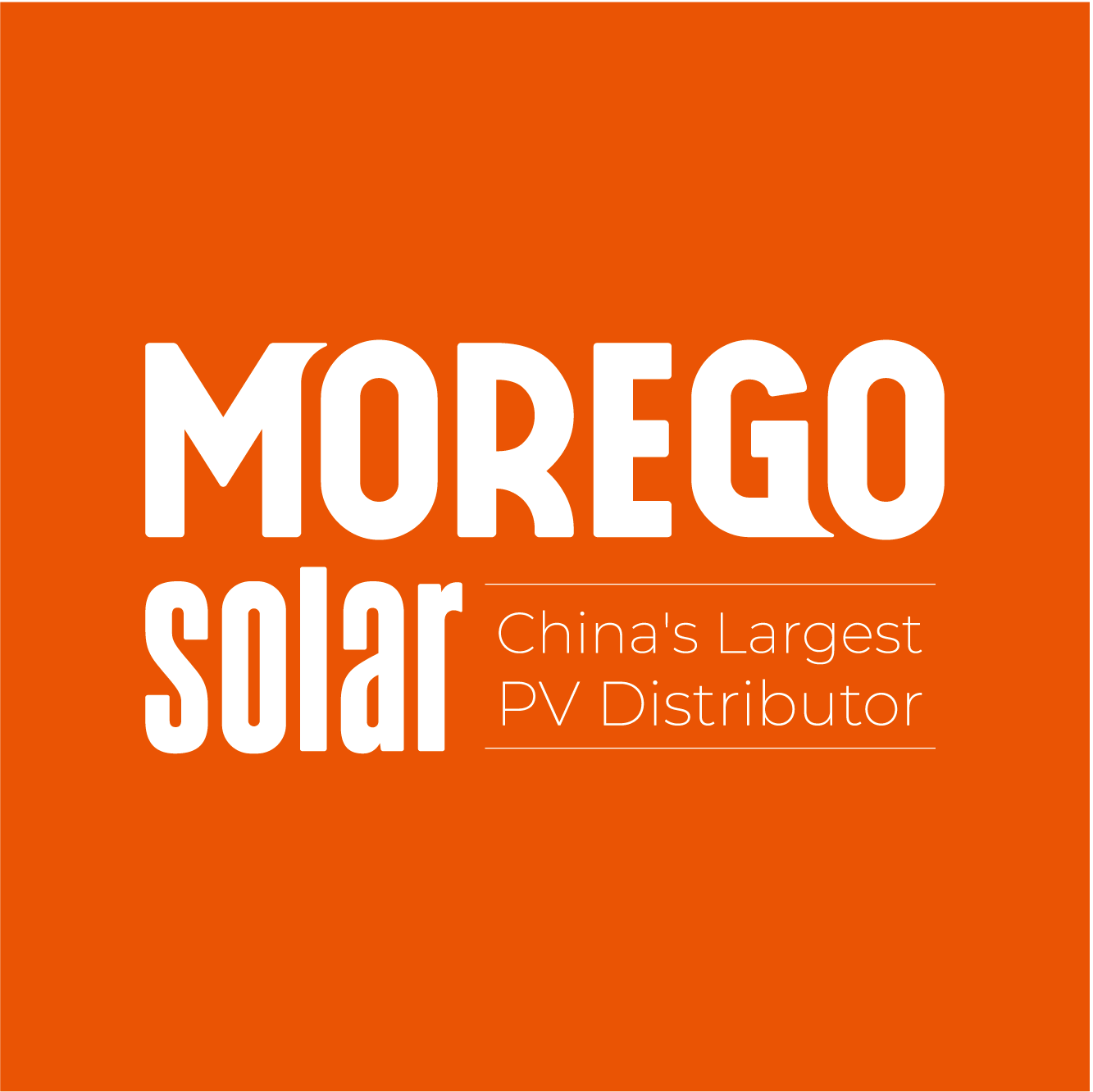In the solar energy field, solar panels serve as the core equipment for converting solar energy into electrical energy. Their types and performance directly relate to power generation efficiency and application scenarios. Among them, single-glass Mono-facial solar panels and Double-glass Bifacial solar panels are two common types that exhibit significant differences in structure and usage scenarios.
1. Structural Differences
Single-glass Mono-facial Solar Panel:
The front side of this type of solar panel employs glass material to ensure excellent light transmittance and weather resistance. The backside, however, utilizes synthetic backing material primarily for protecting the cells and providing structural support.
Double-glass Bifacial Solar Panel:
Unlike single-glass solar panels, double-glass bifacial solar panels feature glass on both the front and back sides. This design not only enhances the panels' weather resistance and impact resistance but also allows them to absorb light from both sides, thereby enabling higher power generation revenue.
2. Application Scenario Differences
Single-glass Solar Panels Application Scenarios:
Colored Steel Tile Roofs:
Due to the unique characteristics of colored steel tile roofs, solar panels are typically installed flat. In such cases, light cannot effectively reach the backside of the solar panels, making single-glass solar panels a more economical choice, especially in other scenarios where there is no reflected light.

Double-glass Bifacial Solar Panels Application Scenarios:
Concrete Roofs:
Concrete surfaces can reflect some light onto the backside of solar panels, thus improving power generation efficiency. Therefore, installing double-glass Bifacial solar panels on concrete roofs can yield higher power generation gains.

Snowy and White Surfaces:
On snowy or white surfaces, reflected light is more intense, and dual-glass bifacial solar panels can achieve maximum backside power generation gains, around 10%. These scenarios include tiled floors, white-painted walls, and other surfaces that enhance light reflection.
3. Precautions
For colored steel tile roofs, while theoretically double-glass bi-facial solar panels can be installed, they are not typically recommended due to cost-effectiveness and load-bearing capacity considerations. On the one hand, double-glass solar panels are usually priced higher than single-glass panels. On the other hand, the load-bearing capacity of colored steel tile roof structures may not support the additional weight of double-glass solar panels.
When selecting solar panels, factors such as type, specific application scenarios, budget, and performance requirements should be comprehensively evaluated.
In summary, single-glass and double-glass solar panels exhibit significant differences in structure and application scenarios. Understanding these differences and selecting based on actual needs will help us more effectively utilize solar energy resources, bringing greater convenience and benefits to our lives and work.

